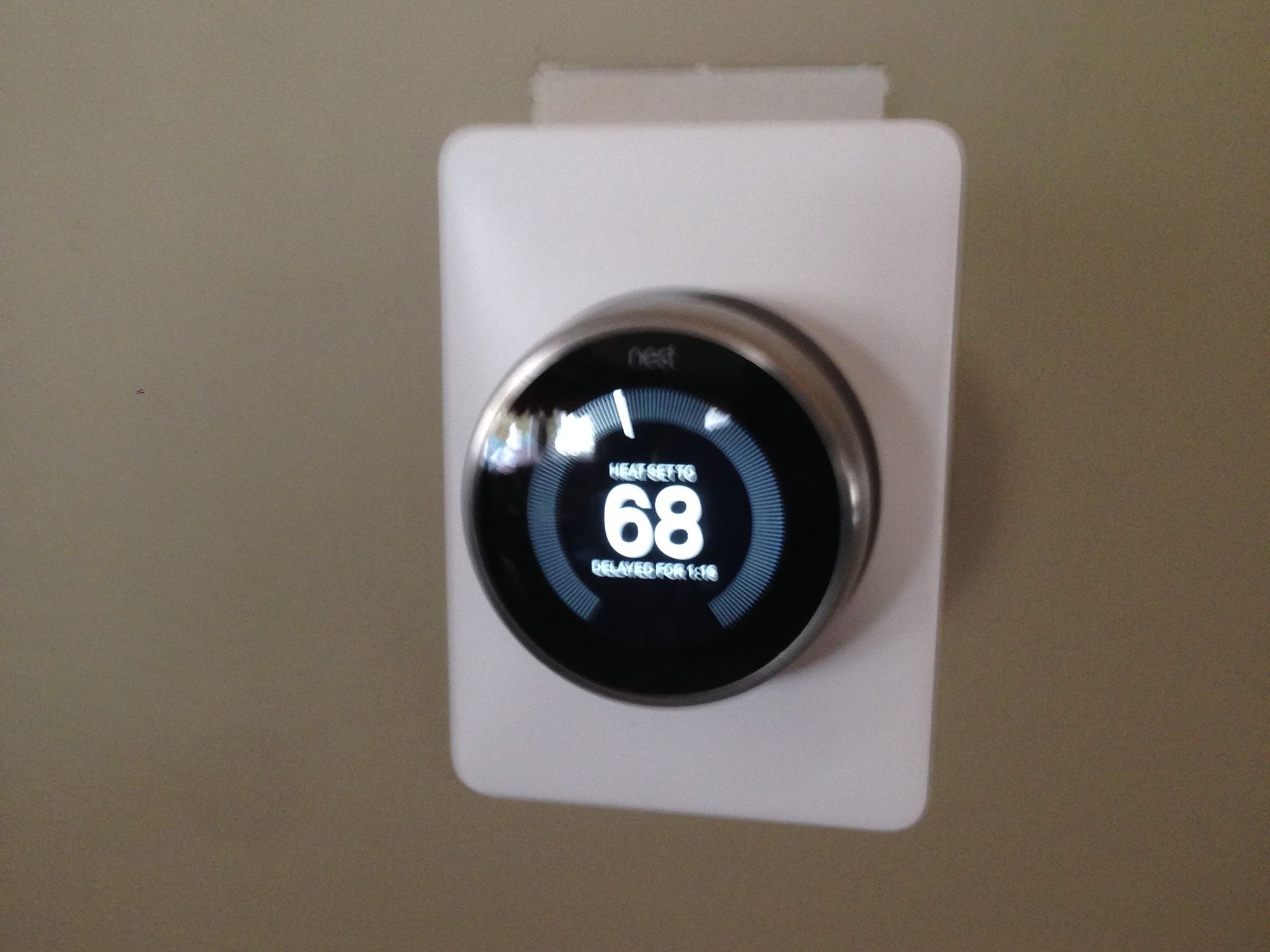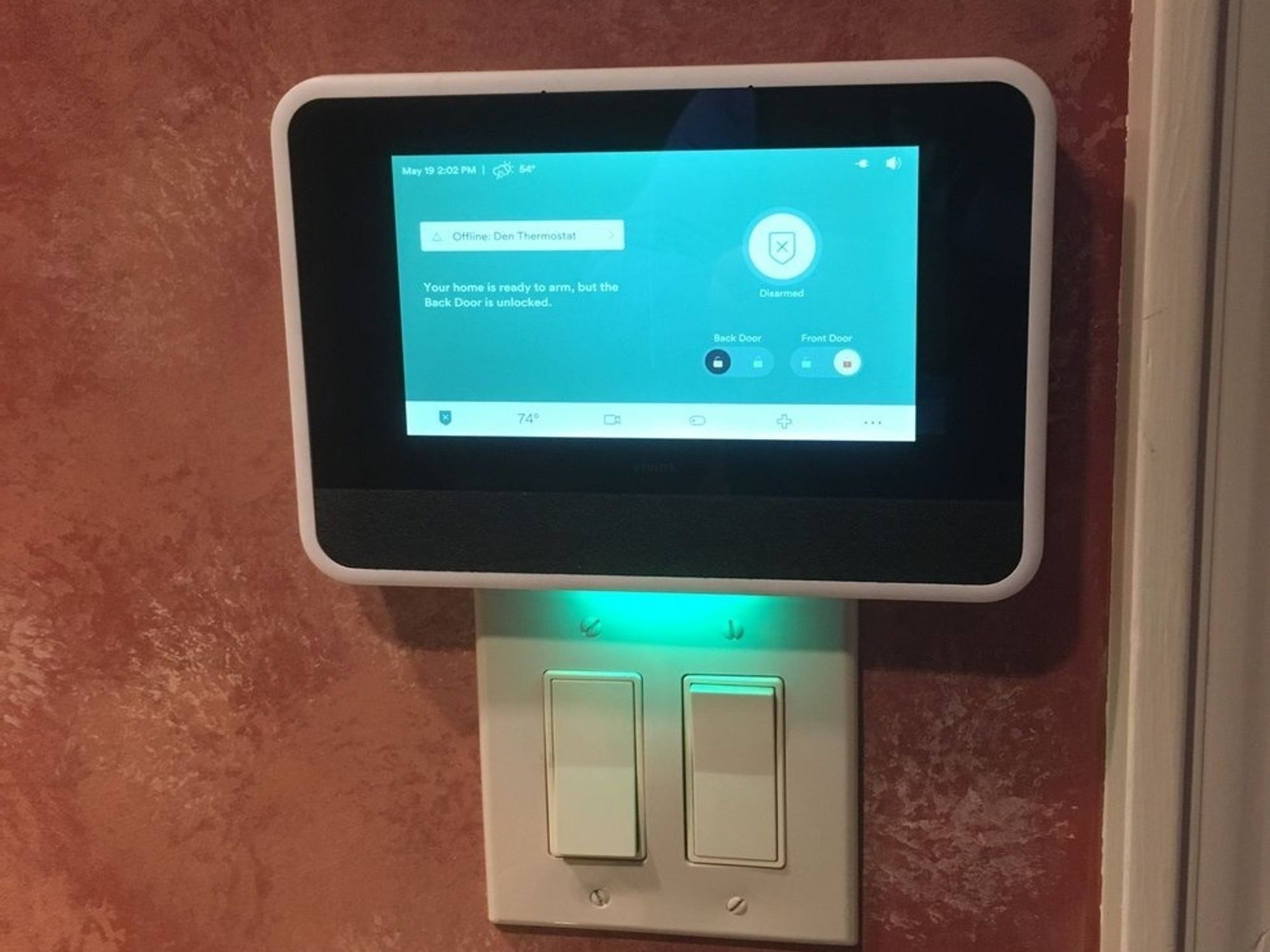
iStock
Unveiling the Germ-Attracting Secrets of Smart Home Devices: How to Keep Your Home Healthy
Maintaining a Healthy Smart Home: Tips to Keep Germs at Bay and Prevent Respiratory Illnesses.

Maintaining a Healthy Smart Home: Tips to Keep Germs at Bay and Prevent Respiratory Illnesses.
In today's technology-driven world, smart home devices have become ubiquitous, offering convenience, security, and efficiency. After the pandemic, many new smart devices, like smart air purifiers, have helped us monitor and keep the air in the home clean from dust and toxic particles. However, recent research from Vivint has shed light on an unexpected aspect: smart home devices can also harbor a surprising amount of germs. But fear not; with proper care and attention, users can keep their smart homes germ-free, reducing the risk of respiratory illnesses and promoting a healthier living environment.
Exclusive data from Vivint reveals that smart home products, while beneficial in many ways, can inadvertently become hotbeds for germs if not properly maintained. For instance, here are the top five smart home devices that can attract germs:
Smart Thermostats can attract more germs than your kitchen sink.
Smart Thermostat: Surprisingly, a smart thermostat has been found to harbor three times the bacteria typically found on a kitchen sink. Given that it's a frequently touched device, it's essential to regularly clean and disinfect it to prevent the spread of germs.





Despite these findings, smart home devices offer numerous benefits that can contribute to overall well-being, including remotely monitoring and controlling various aspects of the home. By implementing a few simple strategies, users can ensure that their smart homes remain clean and germ-free:


Here are a few cleaning tips you can use to clean your smart home devices:
In conclusion, while smart home devices offer numerous benefits, it's essential to be mindful of their potential to harbor germs. By taking proactive steps to clean and disinfect these devices regularly, users can create a healthier living environment and reduce the risk of respiratory illnesses. With proper care and attention, smart homes can continue to provide convenience and comfort for years to come.
I would also like to thank Vivint for bringing their research study to our attention and helping us help our readers keep their smart homes safe, secure, and germ-free this year.
Check out The GearBrain, our smart home compatibility find engine. It can help you find, buy, and connect any smart device. It can even help you find other smart devices or systems compatible with Vivint and your existing smart devices, such as Google Assistant and Amazon Alexa-enabled devices.
GearBrain Compatibility Find Engine
A pioneering recommendation platform where you can research,
discover, buy, and learn how to connect and optimize smart devices.
Join our community! Ask and answer questions about smart devices and save yours in My Gear.
